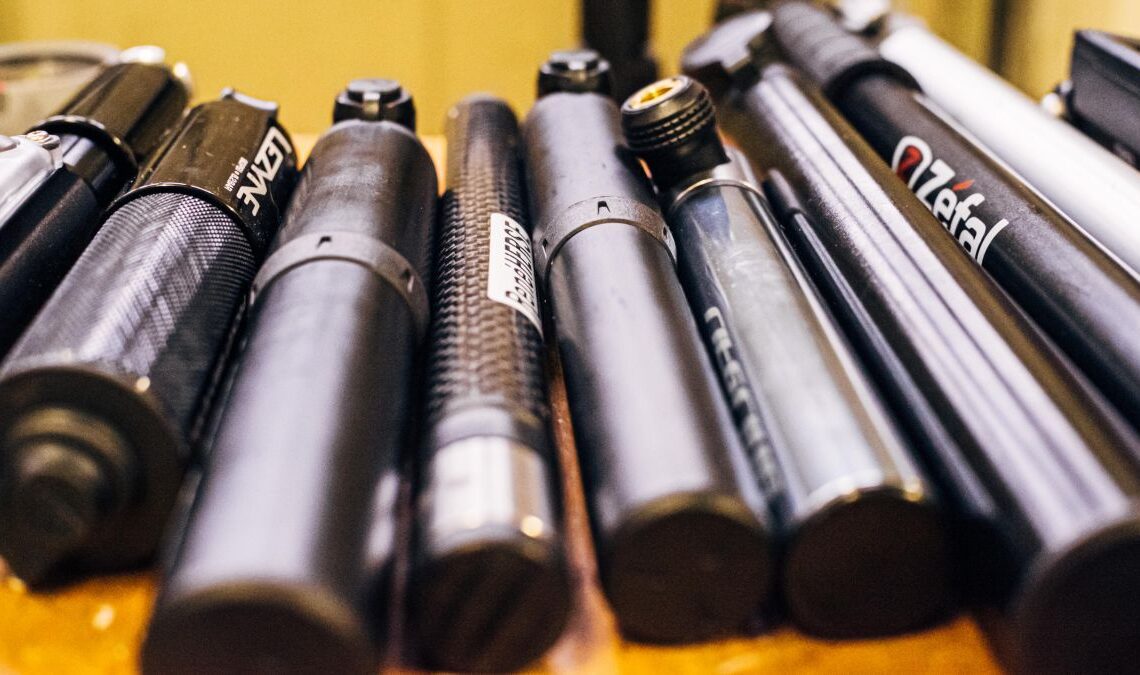Fortunately, for all concerned, we don’t live in an era where solid rubber bicycle tyres are the norm. Though personally I do miss giant top hats, well-engineered bridges, and steam power, some things are best left in the Victorian era. Whether you’re running the best road bike tyres or the best gravel tyres you’re going to need the best bike pumps to fill them with air, both at home and out on the road, should you be struck down by the puncture gods.
At home, you’ll need a track pump (also known as a floor pump) to get inflated easily, quickly, and to an accurate pressure. There really isn’t a substitute for these, though if you’re running tubeless, a reservoir pump will definitely be of use to help seat the tyres.
Out on the road, you obviously can’t cart around a track pump, so you’ll either need a frame pump (which mounts under your top tube), or a mini pump. Frame pumps offer advantages over mini pumps in terms of capacity, but they are larger and heavier. Mini pumps are lovely and portable, either to slip into a pocket or bar bag, or to bolt to your frame beneath your bottle cage. They won’t reach the pressures a track pump can, but if you get the right one they’ll give you enough air to get you home.
If speed of inflation is paramount then be sure to check out our guide to the best CO2 inflators, too, as well as the best tyre levers.
We’ve tested a large selection of pumps back to back in identical conditions to see which perform best, so read on to avoid feeling a little flat. If you’ve got any burning questions we’ve also got a Q&A at the end of the piece to guide you through any troubles you may have.
The best bike pumps you can buy today
Why you can trust Cyclingnews
Our expert reviewers spend hours testing and comparing products and services so you can choose the best for you. Find out more about how we test.
The best floor pumps
While mini pumps and frame pumps are there to sort you out in an emergency, the floor pump – or track pump – is the key to getting your tyres set up perfectly. They can reach higher pressures, and actually tell you what that pressure is too. They should be a staple in any cyclist’s garage, and the right one will last you years and years of use.
Click Here to Read the Full Original Article at CyclingNews RSS Feed…

